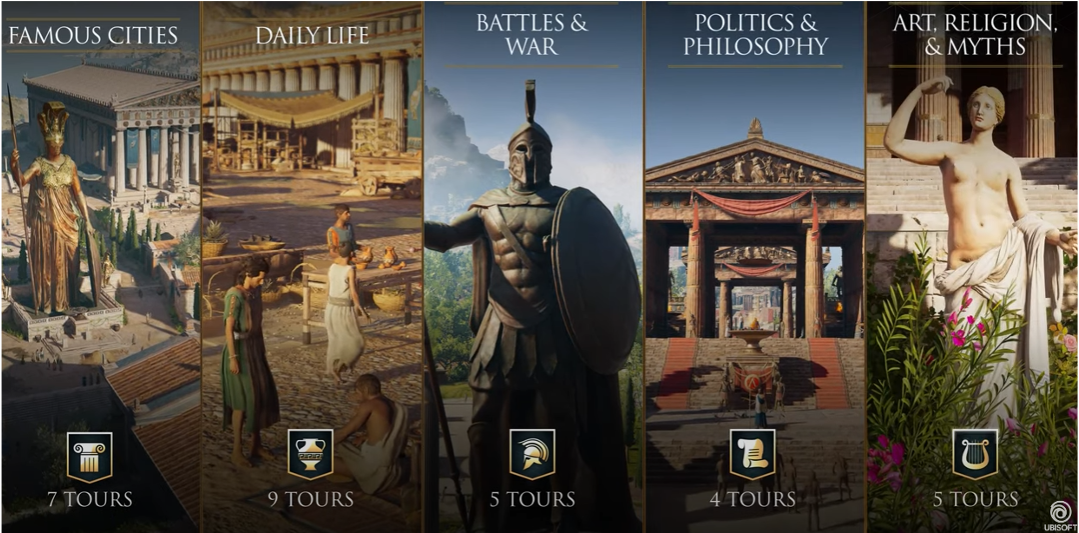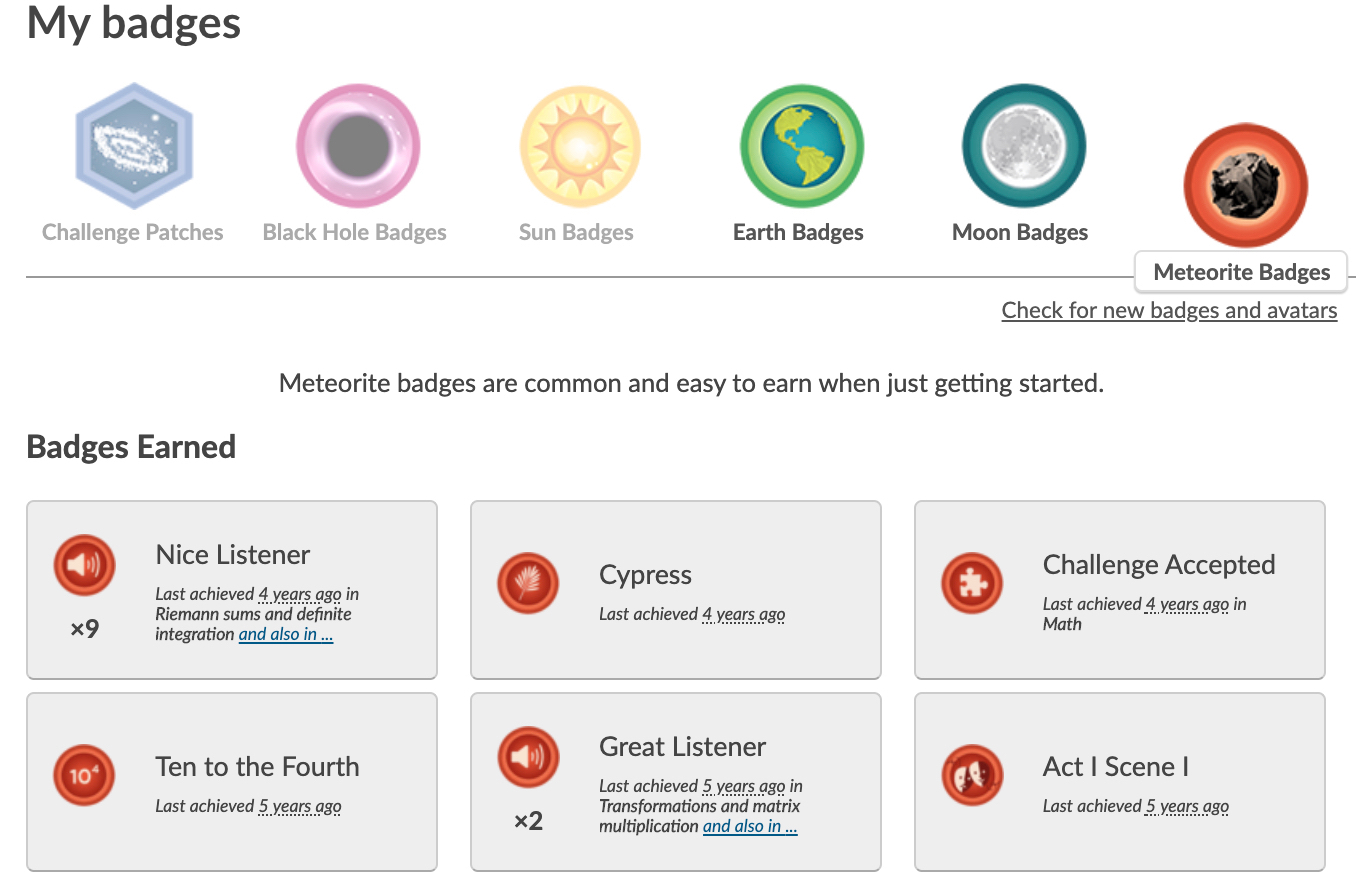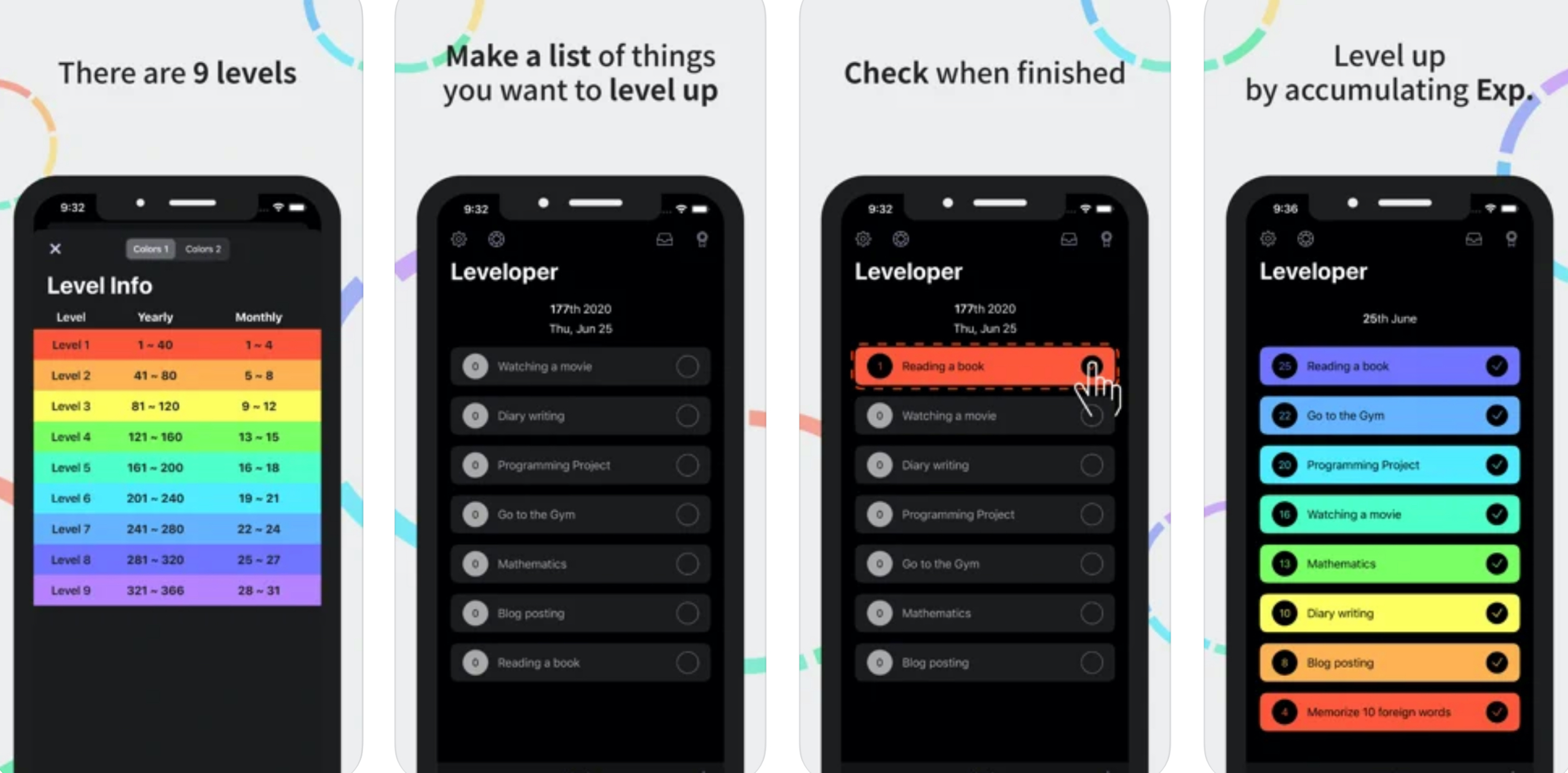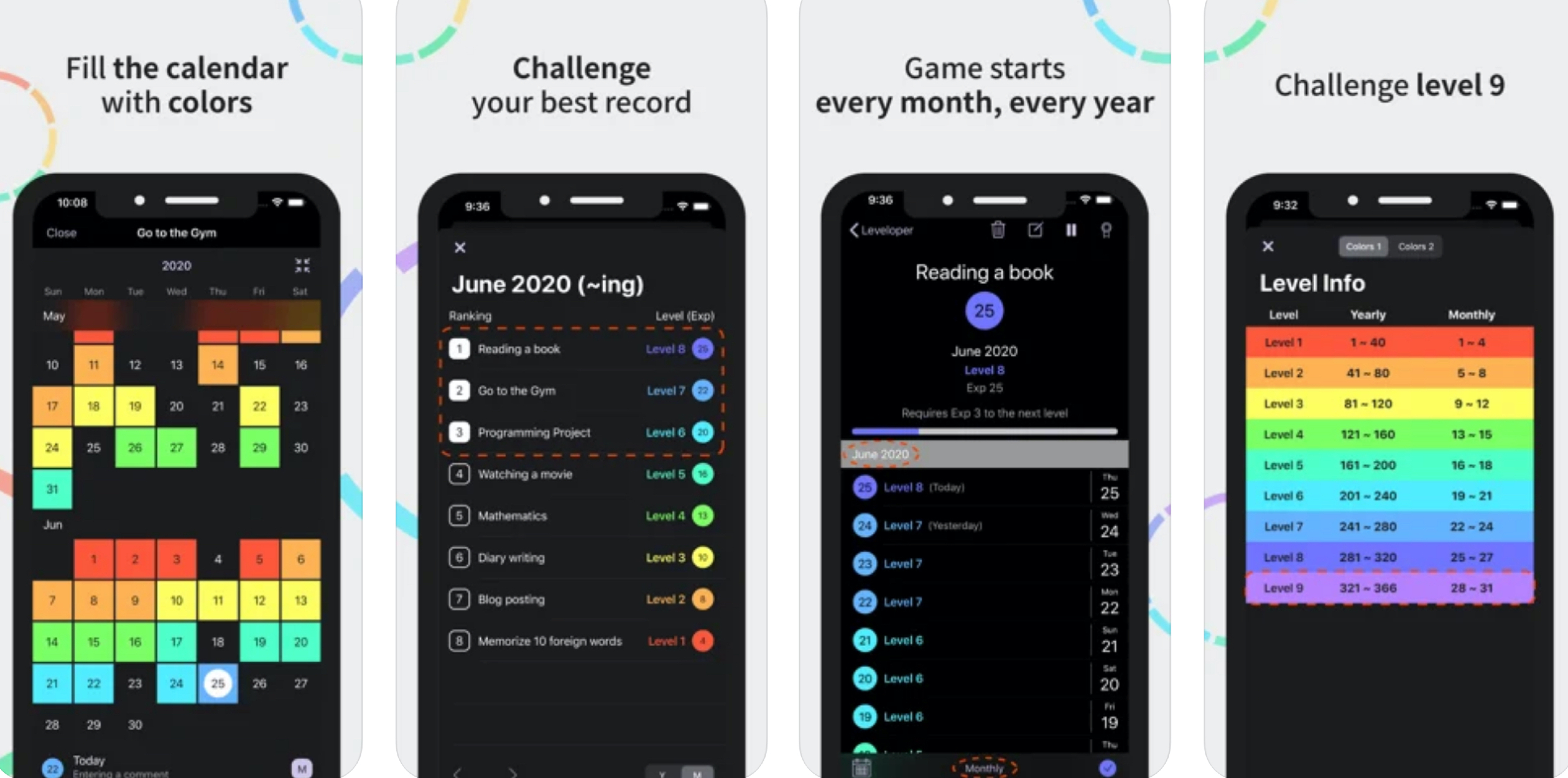### *Education on the Horizon: Teaching and Learning with Technology*
## Week 6: Game-Based Learning Pt. 2
===
#### Dr. Yizhen (Eejain) Huang
###### Department Erziehungswissenschaft, University of Potsdam
---
### Recap
- Game is a structured form of play, usually for enjoyment.
- Gameful learning redesigns core elements of a learning environment according to game design principles.
- These principles are fundamentally psychological.
---
### Your thoughts from last week
- "Praising every achievement maybe manipulative"
- Borrowing game elements mindlessly won't magically motivate students
- But it's important to understand why good games are so motivating and what we can learn from them
- A good game-based learning environment can motivate student intrinsically
---
### Motivation, the force that drives us
- Behavior is motivated by internal (intrinsic) or external (extrinsic) incentives
- Extrinsic – attention, praise, grades, rewards, money etc.
+ powerful only in short term
- Intrinsic – feeling of satisfaction, competence, growth, progress etc.
+ lasting effect
- [Dan Pink's Talk on Motivation](https://www.youtube.com/watch?v=u6XAPnuFjJc)
---
### How to promote intrinsic motivation?
- Self-determination theory: three conditions for supporting intrinsic motivation
- Autonomy, competence (mastery) and belonging (meaning)
- These three factors can explain why games are intrinsically motivating, and what kind of learning environment we are after.
<!-- let's more formally define what dan pink has described in the video, self-determination theory talks about three conditions that need to be taken care of -->
---
### Autonomy
- In game: usually we choose what game we want to play
- Ideal learning environment: the learner seeing himself or herself as the primary locus of control
---
### Autonomy: example
- Explore in safe environment enables sense of autonomy
- Games enabling players to take risks by reducing the negative consequences associated with failure.
- giving a player infinite lives, freedom to explore the game safe in the knowledge that mistakes will not result in permanent failure.
---
### Autonomy: example
- In a gameful course, this same feeling can be established
- allowing students to redo assignments multiple times to achieve mastery
- providing alternate assignments that mitigate the impact of failed attempts
- allow for free exploration
---
### Assassin’s Creed - Odyssey tours
- Interactive tours for learning about Ancient Greek
- Quiz at the end of the tour: righ or wrong, students will get more information about the topic
- [demo video](https://www.youtube.com/watch?v=G5xBc63LVC8)

<!-- 20:32 quiz -->
---
### Competence (Mastery)
- In game: you know for sure you can become better at playing the game (progress/current status is clear)
- Ideal learning environment: learners engage with course contents because they feel that they can do so successfully
---
### Competence: Token system
- Token system in Pokemon Go
- Similar system can also be used to motivate and help students keep track of progress
- Tokens are not designed to manipulate students to fish for prizes, but to show clearly what’s the progress, and what to do next

---
### Competence: Token system
- Here's an example token system from Khan Academy (an online learning service)

---
### Competence: EP system

---
### Competence: EP system

---
### Belonging (Meaning)
- In game: grow together with the community
- Ideal learning environment: learners feel connected to their teachers and peers
- Can you think of some strategies of connecting students and instructors during online learning?
---
### Gameful learning environment: example
- [GradeCraft](https://www.gradecraft.com/)
- [A short intro](https://www.youtube.com/watch?v=kxb3wVwmYyc)
- [Gradecraft founder talk](https://www.youtube.com/watch?v=k0NaJpQbwA0)